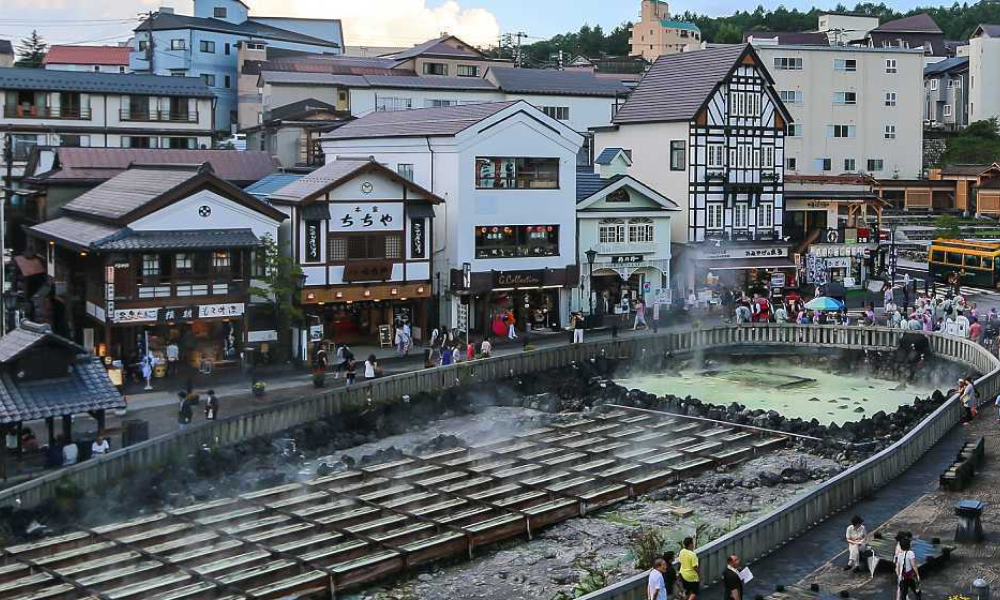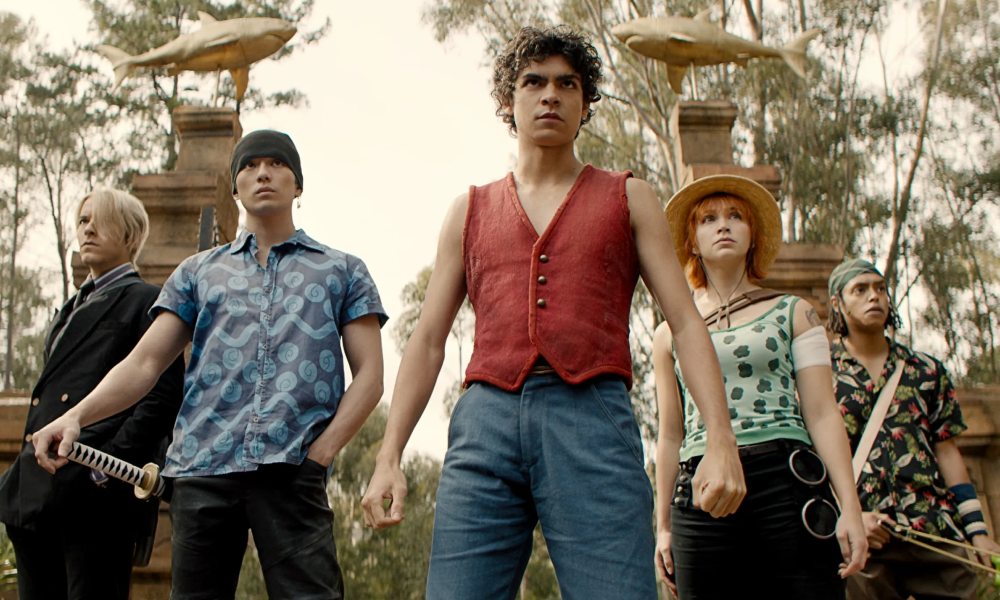One of the things to experience are authentic bathhouses in Japan. People still practice this centuries old tradition today. These spaces not only provide relaxation but also foster a sense of community. Allowing visitors to connect with the culture in a profound way.
Each onsen is unique. Often set against stunning natural backdrops, making them an essential part of any journey through this beautiful country. Exploring these bathhouses will ultimately add to your Japan experience. Whether you seek the therapeutic benefits of mineral-rich waters or simply want to unwind in a serene environment.
What is a Bathhouse?
A Bathhouse (sento) is a shared neighborhood bath. In the Edo Period, Japanese houses were not built with a bath, so the Japanese turned to these bathhouses. People usually interchange the terms bathhouse and onsen. However, they don’t exactly mean the same thing.
They are both still ‘public bathing places’ but the key difference is the water.
An onsen uses natural hot spring water that has some sort of natural minerals. Meanwhile a sento usually uses heated tap water.
But if being in a bath with 10 other strangers isn’t your cup of tea, there is something called a ryokan. You can rent a room with a private bath all to yourself.
Onsen Etiquette & Rules
Take off all clothes
When entering and visiting a sento or onsen, one usually goes fully naked. However, they will provide you with a small towel. They may also provide you with slippers to use. Baskets or lockers are available to place your belongings before heading into the bath.
No Photos / No Staring
Self explanatory. A public space where you must be respectful of others. If you are a foreigner you will most likely get stares, but it’s still best to not stare back. Taking photos in a bath area is obviously a huge no-no in cultures everywhere.
Shower First Before Entering the Bath Area
There will be a washing area before you enter the bath / hot spring area. Usually there will be soap provided, this is to make sure your whole body is clean. If not they will sell some there, or you could bring your own. You should check beforehand.
Don’t Contaminate The Water
A continuation from the previous point. Since you cleaned yourself before entering the spring water, you cannot watch in the spring itself.
As mentioned you will also get a small towel, but you should not put it in the water. Either place it outside the spring water, on your shoulders or on top of your head.
Tattoos
Tattoos in Japan are usually looked down upon. They are associated with crime. Some bathhouses or onsen will not allow people with tattoos to enter, so it’s best to check beforehand.
Just Relax
A bathhouse / onsen is a place to relax and enjoy. Just sit in the water and enjoy a centuries old Japanese tradition.
List of the Best Bathhouses in Japan
But First, Decide If It Will be a Day Trip or Overnight Trip
You can stop by an onsen or bathhouse when on the way to another destination. For the best experience it will be best to stay overnight. You will experience the full relaxation and tradition of being at an onsen.
Tsurunoyu Onsen

Location: Japan, Akita, Semboku, Tazawako Tazawa, Sendatsu, 沢国有林50
One of the eight onsens in the Nyuto onsen area. It is the oldest onsen in the Mount Nyuto area, it is dated back 350 years. The name, Tsuru no Yu means crane in the hot spring, it comes from a local hunter that saw a crane in the hot spring.
30 rooms are available to book, some of which have their own private bath. Additionally, there are separate open air baths and indoor baths for all genders. A mixed outdoor bath is also available.
Kusatsu Onsen
Location: 15-8 Kusatsu, Agatsuma District, Gunma 377-1711, Japan
Kusatsu is known to be the largest flow of hot spring water in Japan. There are around 13 bathhouses in the Kusatsu area, from the sento to onsen to ryokan.
The hot springs in Kustasu Onsen have been famous for centuries. It got even more recognition when a German doctor, Erwin van Bälz, from Tokyo University studied the water. He found that there were a lot of health benefits when soaking in the water.
The locals on the other hand, say that soaking in the water can cure most illnesses.
Takara-yu Sento

Location: 27-1 Senju Motomachi, Adachi City, Tokyo 120-0041, Japan
There are many sento like this in the Tokyo Area. They built this sento in 1927. If you would like to try a bathhouse for real, this is the place. This is a more traditional Japanese bathhouse like those in the Edo Period.
What’s special about this sento is the beautiful traditional looking garden. You can be access it through the reception area and only the men’s bath area. However on Wednesdays they swap the bath areas. Making the garden accessible for the women.
Gero Onsen

Location: Koden, Gero, Gifu 509-2206, Japan
Gero Onsen is one of the most famous hot springs in Japan. According to reports, the water is so smooth, and soaking in it makes your skin just as smooth. Everything in Gero is about the onsen. Overnight guests have their own private baths, but there are public bathhouses for day-goers as well.
Shibu Onsen
Location: 2200 Hirao, Yamanochi, Shimotakai District, Nagano 381-0401, Japan
Another traditional onsen area. Something encouraged to those who book a ryokan is to visit all nine baths in the area. Each one can supposedly cure different illnesses and ailments.
Locals say that when you visit all nine bathhouses, good fortune will come your way.
Yufuin Onsen

Location: 8-2 Yufuincho Kawakita, Yufu, Oita 879-5114, Japan
At the foot of Mount Yufu. Considered to be one of the famous resort towns. You can experience both traditional and modern places in the area, from ryokan to bathhouses.
People say that the hot spring water here can treat gastrointestinal problems. People also say that some of the onsen water is drinkable. It is said to be beneficial for diabetes and gout.
Fuji Kawaguchiko Onsen Hotel Konansou
Location: 4020 Funatsu, Fujikawaguchiko, Minamitsuru District, Yamanashi 401-0301, Japan
A more modern looking onsen, known for its beautiful view of Mount Fuji and Lake Kawaguchi. Open air and indoor hot spring baths are available. Additionally, there is a foot bath on the rooftop.
Also included are karaoke rooms, a café, and a bar & lounge.
Beppu Hatto Onsen
Location: 12 Ekimaechō, Beppu, Oita 874-0935, Japan
Beppu Onsen is a group of eight hot spring towns. According to local legends, these hot springs were first used by Gods. The water is also said to help with speedy recovery. Just like the Yufuin Onsen, some of the hot spring bath water is drinkable.
Every April 1st the locals hold “Onsen Thanksgiving Day”, and a festival. It is to show gratitude to the onsen in the area.
Add These Bathhouses to Your List of Travel Spots
Immerse yourself in the country’s Japanese bathing culture and visit a bathhouse. Remember to embrace the etiquette of these places. They allow you to unwind fully and connect with this century old practice. From the Kusatsu Onsen to the historical charm of Gero Onsen, Japanese onsen are for rejuvenation and relaxation.
Want to experience more long time Japanese traditions? Check our article on Non-Conveyor Belt Sushi, and check the rest of our articles for more things Japan.
5 Reviews
555
555
555
555
555
Miguel channels his love for manga, anime, and gaming into creating digital contents with a goal to become a notable writer who continues to captivate his readers.


















